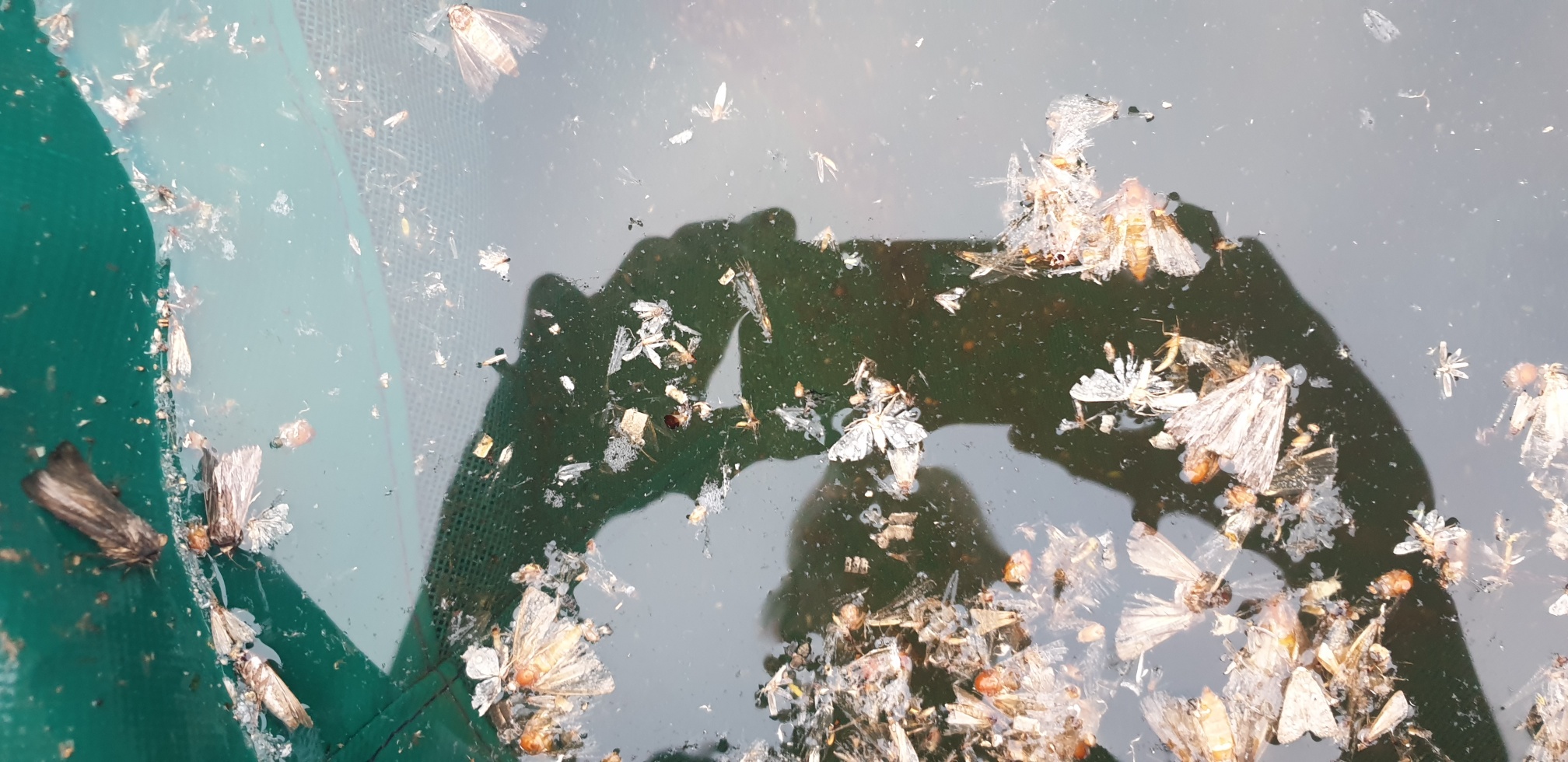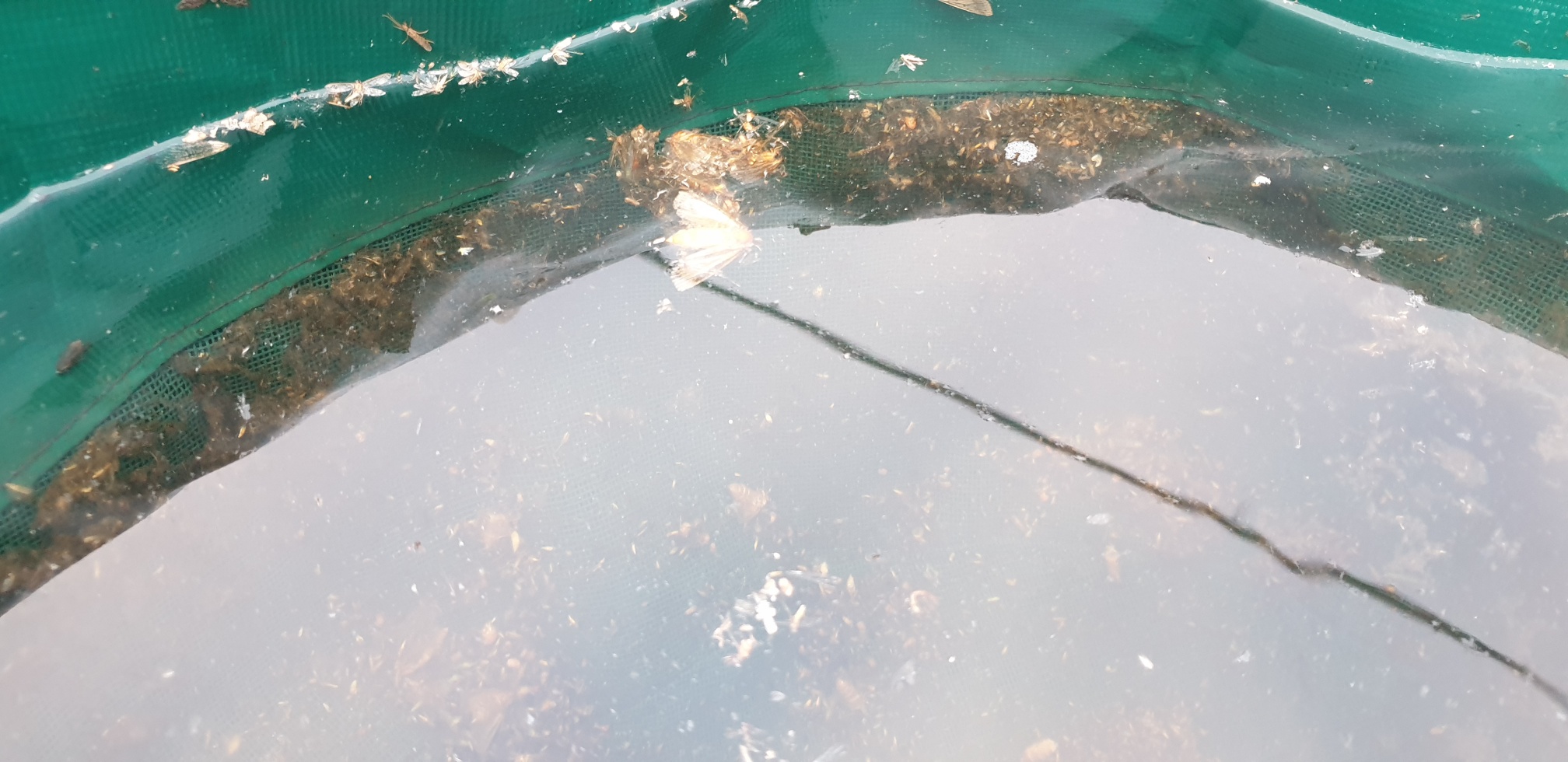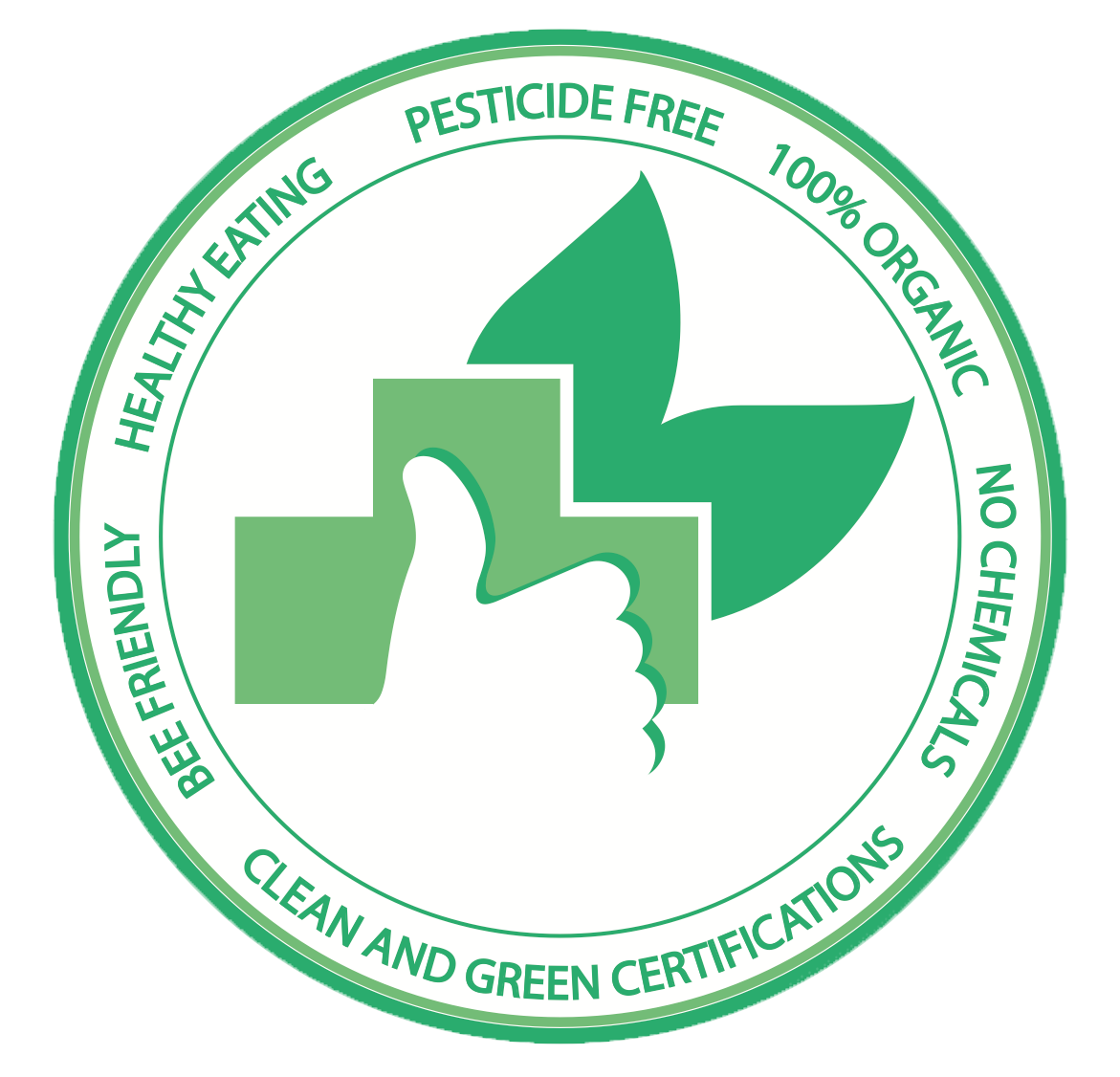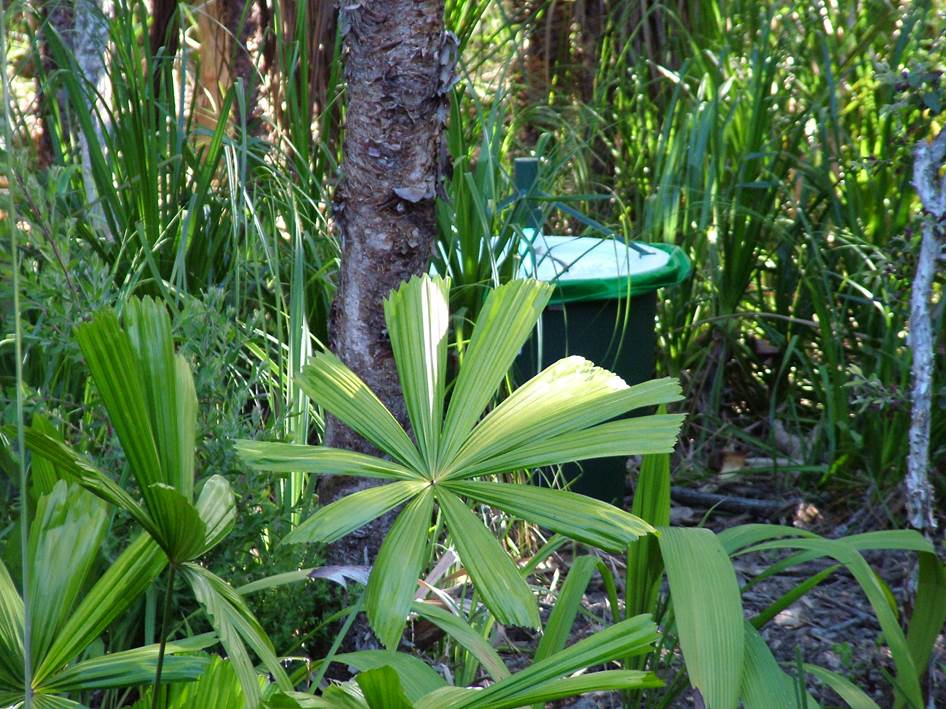The Vortex insect trap provides a non-toxic, chemical free, low maintenance solution for the control of insects. It is cost competitive with a short payback compared to the alternative ongoing costs, both direct and indirect, of using chemical pesticides. The Vortex insect trap offers significant benefits for its customers and the environment.
For Customers
- Removes and lowers the population densities of crop damaging insect pests
- Provides an effective insect control solution throughout the entire life cycle of the crop
- Constructed of durable long-life UV stabilized plastic
- Made entirely from non-toxic recyclable materials
- Environmentally friendly chemical free, using only water and an insect-attracting light
- Reduces the exposure of farm workers to insecticides
- Avoids the issue of insects developing a resistance (as pesticides may)
- Economic savings compared to using pesticides or other pest management strategies
- educes labour costs (involving the removal of damaged produce), increases productivity
- Saves money on chemical spraying and reduces equipment need for crop
- The effectiveness is not impacted by rain, which tends to wash off insecticides from crops
- Customer can monitor the number, type and prevalence of insects and pests. This will enable farmers to proactively manage a major outbreak before it occurs
- Enables customers to produce accredited organic produce
- Enhances the quality of the crop
- Can provide advanced warning of increases in numbers of insects
- ses very little water
- Complements existing integrated pest management practices. Customers will not have to disrupt their existing strategies or make expensive changes
- Simple to install and operate
- Low maintenance requirements and cost-efficient to run, with a low annual maintenance cost
For the Environment
- Environmentally friendly with non-chemical use, using only water and an insect attracting light
- Lowers the population densities of crop-damaging insect pests
- Constructed from durable long life UV stabilised plastic
- Made entirely from non-toxic recyclable materials
- Uses very little water
- Reduces the need for chemical pesticides which will enhance the soil nutrients and quality of produce as well as improving the quality of runoff water
- Portable, lightweight and stand-alone. The body of the trap is sturdy, ensuring longevity
- Focuses on specific pests that have been difficult to trap in the past (eg. wax beetle in honey)
- Potential for decomposing insects and waste water to be dispersed over the soil as an organic fertilizer
- Water needs to be only changed every 4 to 6 months
Broader Benefits for Industry
- May reduce the transmission of human infectious diseases carried by some insects
- Reduces impacts on bees, worms, beneficial soil borne bacteria and enhances soil quality (due to reduced pesticides in soil)
- Potential to increase bottom line in Food & Fibre Sector
- Organic growers now have a pest management solution improving quality and quantity of produce
- Replaces need to introduce non-native organisms and animals to control pests
- Not reliant on grid power supply
- Australian designed and made
- Doesn’t have negative impacts on surrounding animal, bird or reptile life, including spiders
The quality of the water in the Vortex tank is maintained by adding measured quantities of environmentally acceptable anaerobic bacteria to the water. The anaerobic bacteria, (i.e. a living organism commonly used in the abattoir industry for the maintenance of water quality, and the control and reduction of odour in waste water ponds), multiply and the population stabilises to maintain a colony only sufficient to consume other bacteria and waste products resulting from the decomposing insects.
The resultant activity assists in filtering the water naturally and significantly reduces the level of contaminants in the water and odour emissions from the Vortex insect trap.
By-Product Revenue Opportunities
The Vortex system allows for the dead insects to be collected and harvested for Chitin as a by-product, Chitin is the exoskeleton of most arthropods – insects, spiders, and crustaceans; which has a number of different uses and applications. These include:
- Chemically-modified chitin in food processing include the formation of edible films
- Used as an agricultural fertilizer that can improve crop yields
- As an additive to thicken and stabilize foods and pharmaceuticals
- As a binder in dyes, fabrics, and adhesives
- To manage healthy cholesterol levels and body weight as well as healthy kidney function
- As a health supplement that primarily relates to its role as a dietary fibre. Health supplements typically use chitosan, a modified form of chitin with greater bioavailability.


Considering Chitin’s abundance in everyday products such as health supplements and pharmaceuticals, it will be worth exploring these potential revenue streams once the feasibility of a collection management system and resale process for the Chitin is determined.
There is also large financial upside associated with the opportunity to use the insect waste collected in the pharmaceutical sector, however, this has not been accounted for in the revenue projections.
Market Comparison of Flight Interception Traps
The following compares the Vortex insect trap to other products and alternative solutions in the market.
Flight Interception Traps
There are a variety of flight interception traps available in the current market, which are used by entomologists, researchers and enthusiasts to collect and monitor insects however these offer limited performance outcomes compared to the Vortex insect trap. Listed below are examples of these alternative flight inception traps.
| Product | Description |
|---|---|
| Impaction or Sticky Traps | Plates / dishes coated in long lasting glue. Surface can become clogged and loses its adhesion over time. Insects must be removed with a solvent. |
| Malaise Traps | A netting tent with one open side into which a small container is placed at the highest point. |
| Pheromone Traps | A glass jar open at both ends with a sticky trap attached to the middle, based on the principle that sex pheromones of female insects attract males. |
| Suction Traps | Fixed or mobile engine-driven device that sucks insects into a fine mesh. |
| Water Traps | Yellow pan (colour attracts insects) holding water, placed above the ground. Insects are attracted to container and drown in the water. |
| Light Traps | Comprises of an electric bulb, a white sheet or material that acts as a reflective surface and a funnel to collect insects close to the light source. |
The Vortex is differentiated by the following factors:
- The Vortex insect trap’s key objective is to capture and kill non-beneficial flying insects at a critical stage of their life-cycle whilst alternative light trap solutions aim to monitor insect populations and migration.
- The use of solar energy provides mobility so that the Vortex insect trap can quickly and simply be relocated anywhere in a field (not limited to its proximity to electricity or the length of a power cable).
- The circulating, recyclable water in the Vortex’s tank is a unique feature that no other system utilizes.
- Once in the water, insects are drawn downwards, leaving the surface clear for further catches. This enables a larger capacity of insects to be captured.
- Large volumes of insects can be collected with the 40 litre mesh collection basket fitted to all models.
- Easy and less regular removal of insects also providing a simpler, more efficient and less labour intensive operation than currently available treatments.
Entomologist Scott Richie identified the following two key problems with the basic flight trap in comparison to the Vortex insect trap
a) Once the surface of the water is covered in floating drowned insects, the rest of the insects that fly into the trap simply land on top of the drowned insects but are not drowned and are therefore capable of flying off again;
b) High maintenance in clearing out the dead insects. The basic models have a small capacity and accordingly this design requires regular clearing
Alternative Market Solutions
The agricultural market largely employs either chemical based pesticides or genetically modified crops to manage insect pests. With the exception of organic natural pesticides, neither of these two market solutions deliver the environmental benefits that are associated with the Vortex insect trap. Furthermore, neither of these solutions can be applied to organically grown crops.
The following alternatives to the Vortex are considered:
| Solution | Description |
|---|---|
| Chemical insect management sprays (pesticides) | The widespread use of highly toxic chemical pesticides poses threats to human health, food safety and the environment. Research has shown that over time insect pests develop a resistance to such pesticides. |
| Genetically modified insect resistant crops | These are created by splicing genes into a seed to poison the larvae that try to eat the developing plant. Genetically modified crops are a large and growing market but there are some limitations
- No genetically modified crop is resistant to every single insect. - Governments place caps and controls on crop size of genetically modified products. - Public opinion is strongly divided on acceptance of genetically modified foods and fibres. - This requires a refuge area of conventionally grown crop to be set up alongside the genetically modified crop to attract a proportion of insects away from the main crop. |



